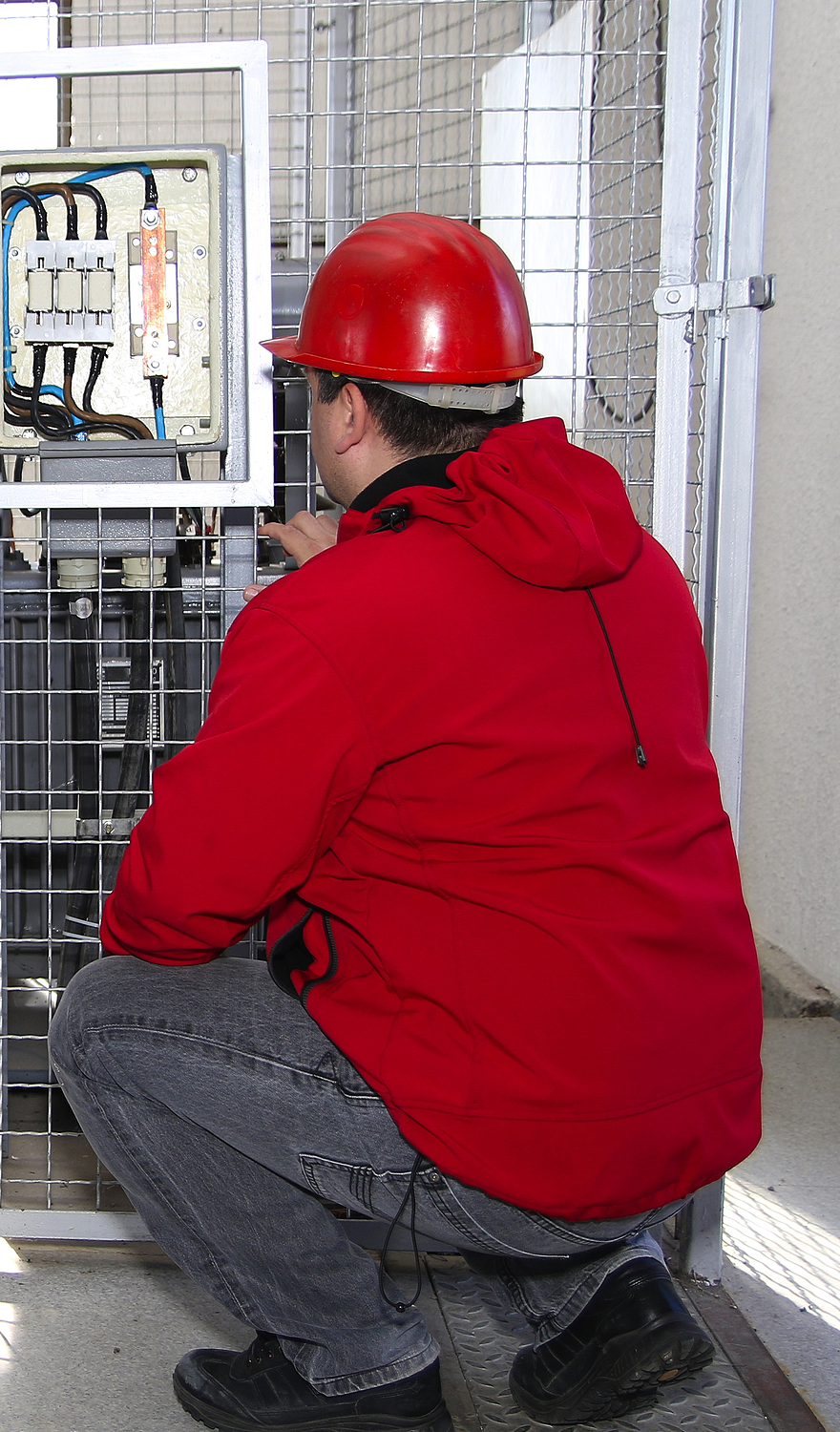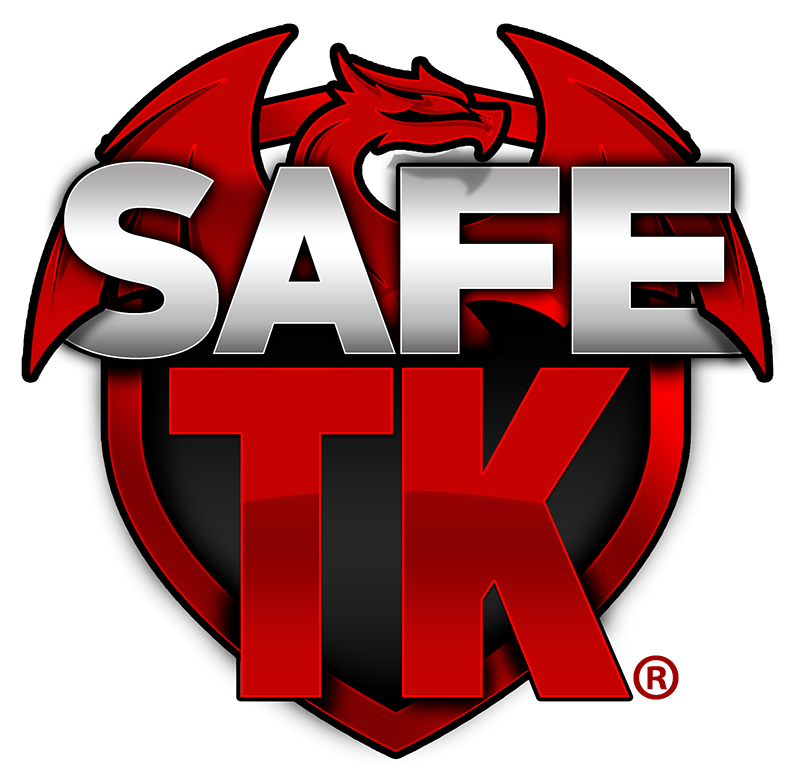Paper Permits are a Thing of the Past

In the past, the paper permit was a given. Paper was the only option available, and having some sort of solution was better than having no solution at all. For many years, paper permits helped save lives and prevent accidents. Now, just like other technology of the 1970s that can’t compete with today’s sophisticated devices, paper permits have been left behind.
Still using an old paper permit process? Are the decision-makers at your organization aware of just how difficult and time-consuming paper permitting is?
Make the case for the change to an ePTW system. With the tired, old paper processes, you can expect:
Paper Permits Cause Wasted Time
Filling out forms by hand is monotonous and labor-intensive. How much time does it take? Data confirms that a permit takes an average of about 2 hours to create and initiate, including the actual physical time spent to transfer the paper permit from Point A to Point B.
Employees are put on the back burner while they wait on the paperwork, meaningfully reducing work time and hampering operational efficiency.
Postponements are particularly noticeable during shutdowns. Returning equipment to service necessitates a substantial number of permits and isolations and paper permits need to be checked manually to ensure there is no conflict or permit breaches. On a more rudimentary level, a supervisor often must ascertain who has which permit and the state of readiness the facility is in. Monitoring even a handful of permits can create delays that cost an organization thousands of dollars in lost productivity.
During a shutdown, the risk of isolation conflict is raised. This reinforces the necessity of using a system which enhances the safety and efficiency of the team.
An electronic permitting system allows the user to manage this process in a modernized, efficient manner – so the operation is up and running as much as two hours following a shutdown. If you opt for a mobile solution, your technicians will be able to make real-time updates whether they’re online or offline, directly from the field.
Paper Permits Have More Risk
Paper permitting procedures depend on unreliable manual updates and – frequently – the knowledge, training, and memory of people. The system built to manage work in potentially hazardous areas or conditions breaks down.
Equally, a paper permit process makes it problematic to implement new learnings or innovative best practices. Consider a finding on a previous risk evaluation for a comparable job; without effective information transfer and reorganized documentation, only the personnel involved will be mindful of the essential changes.
Outcome: mistakes or holes in documentation and failure to put proper controls in place puts your workers and critical assets at risk.
Conflicts with Hazards and Isolations
Generating isolation lists from scratch also raise the risk factor. These are not always reread or approved for regular use, and cross-referencing additional permits and isolation lists can be challenging to do – whether because it’s problematic to find the documents, a shortage of time, or poor handwriting making the documents unreadable.
Equally, the paper process can also lead to a lack of visibility and ineffective conflict management. For instance, an employee may have confidence everything is approved and ready for some hot work to be completed, but upon onset at the site, may find that another employee has already initiated a job that released flammable gas; now the work must be halted. This lack of visibility stops conflict management from being effective – and can lead to lost time or hazardous work conditions.
Dangerous Add-Ons
Even more, there is also the question of using one permit for several tasks. As an example, tasks may be added to a permit after the original paperwork was written and the same risk assessment applied to each. This leads to substantial gaps in both the permits and the risk assessments connecting a work order. This is a seemingly convenient short cut that can be extremely expensive in terms of your crew’s safety and the continued performance of your equipment and systems.
An electronic permitting system contradicts these problems with pre-populated hazards and controls, task histories, reliable risk assessments, and cross-referencing of other hazards in the area. You don’t have to depend on the information and experience that may be kept in an employee’s memory or on documents and lists that may or may not be accurate.
Creating a reduction in the occurrence and severity of incidents is the most important priority.
Culture Complications
With paper systems, not every action is recorded precisely – or at all. This can create a mentality and culture of box-ticking, where permits are written and approved without the essential review or cross-referencing for conflicts. When an electronic permitting system is implemented, every activity is automatically documented. This creates the audit trail that is required, but it also nurtures a culture of accountability.
Compliance Issues
The environment surrounding regulation is growing increasingly severe. There is a requirement to comply with tighter and tighter regulations or risk hefty penalties. It is common for single person incident to end in a final result of a penalty of as much as $500,000.
Antiquated paper permit systems fail to create a dependable or reliable audit trail, and it is frequently problematic to prove that work was accomplished in the correct order and with the essential controls. Manual audits are frequently time-intensive, and many businesses complete just a small portion of the checks that they should, and archives are often not as thorough or easy to access as they should be.
Electronic permitting systems guarantee that audits become an easy and efficient routine and that organizations have the documentation they need if there is an incident or investigation.
Higher Costs
Every motive that has been discussed so far can considered as a matter of cost. Whether it’s the cost of lost work time, the cost of delays, the cost of noncompliance, or, worst case of all, the cost of injury or fatality, traditional permitting systems can lead to substantial financial risk. The financial bottom line depends on an accurate and streamlined processes.
Moving Forward
Paper permitting systems are a thing of the past. It was the beginning in terms of creating systems to document potentially dangerous work activities and confirm a higher level of safety. Paper alone cannot keep pace with the intensifying demands modern businesses face. The landscape has grown more multifaceted; the potential for incidents, injury, and penalties is far larger.
SafeTK™ was built for the challenges of the modern world – and to ensure that your organization is ready to move into the future. Utilizing an electronic Safety Permitting System, you can effortlessly create, track, approve, audit, and update safety permits to dramatically reduce work hours, lessen the risk of incident and injury, and achieve compliance goals.
Partnering with Stilwell & Associates means that you will have access to the most current and up to date product on the market that will not let you down. Unlike other well-known software solutions, Safe TK™ has the cross-functionality between modules that saves our clients a substantial amount of time. You can issue a full work package within a few minutes (or less if utilizing an authorized procedure or standard) and that includes the printing of the tags.
